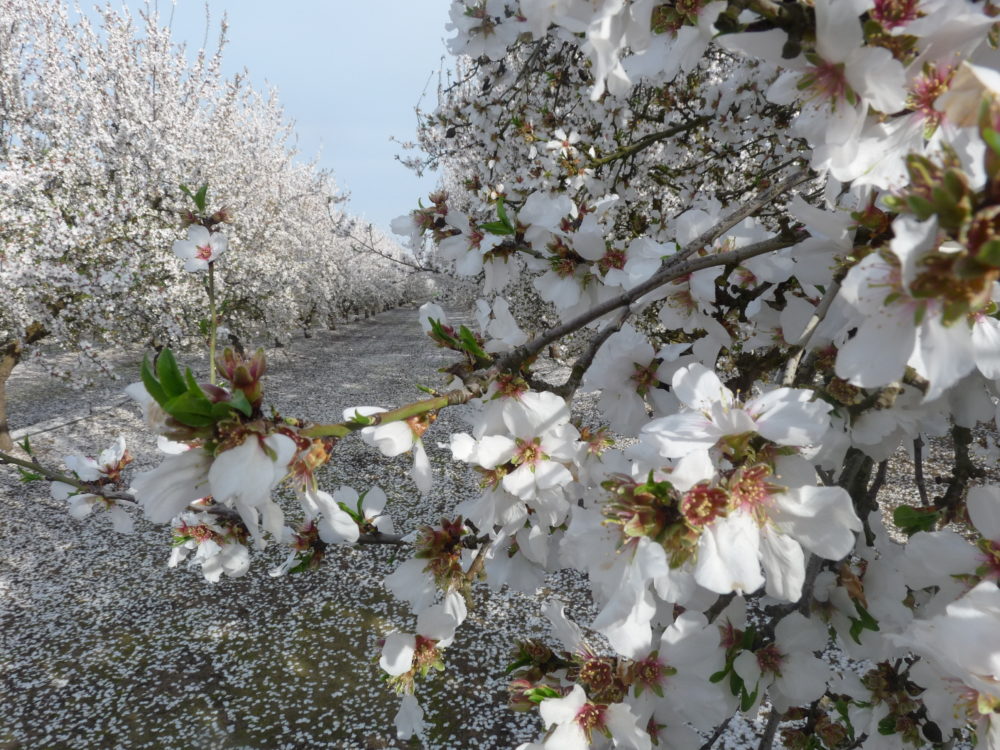Additional Chinese Tariff on Ag is Disruptive
Growers Concerned Over Added Tariff into China
By Patrick Cavanaugh, Editor
Trade to China is so important to California, and for that reason, the 15 percent added Chinese tariff on ag products is devastating. It’s due to the retaliation of the Trump administration tariff, which he put on steel and aluminum exported by China.
It’s worrisome for growers such as Jeff Colombini, the president of Lodi Farming, with partners that grow cherries, apples, walnuts, and olives. He noted that apples and walnuts are an essential crop to China and he’s concerned.
“Trade is significant to the apple crop for California apples, but particularly for Washington state. Apples in Washington state is the largest producer of apples. They export greater than 25 percent of their crop,” Colombini said.
“Both China and Mexico take apple varieties that have fallen out of favor for U.S. consumers. So really, it’s a match made in heaven,” he said.
Colombini said growers have made decisions over the last 10 to 15 years on planting orchards based on these growing export markets.
“Then when the markets slam shut, what do we do with all this excess production/ This becomes disruptive to the markets … not to mention it significantly affects the farmer’s bottom line,” he explained.
Colombini said apples require a lot of labor—a big economic boost to many communities—and disruption in getting that crop to China is not good.
There’s a lot of people employed in the apple industry throughout the United States, and so a trade war can have a significant impact on many thousands of families.
Colombini said it took many years to get that China market open, and when it finally got opened in 2015, it has grown to be their sixth largest export market.
“Similarly, the export disruptions for walnuts is extremely concerning to that industry,” he said.



















